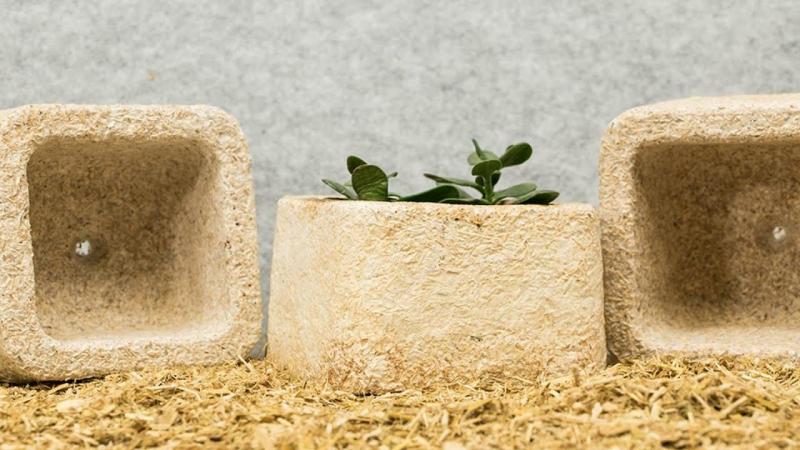Biodegradable Foam Market is Estimated to Witness High Growth Owing to Growing Environmental Concerns
Biodegradable foam refers to special foams that can break down in different environments such as soil, compost, and marine ecosystems. These foams act as a substitute for conventional petroleum-based foams that take hundreds of years to decompose. Biodegradable foams are derived from renewable, sustainable, and plant-based raw materials such as starch, polylactic acid, polycaprolactone and polyhydroxyalkanoates. They find wide applications in packaging, automotive parts, furniture, agriculture and marine industries owing to their customized physical and chemical properties. The growing concerns about plastic waste disposal and increasing plastic pollution have encouraged manufactures to invest in biodegradable foam made from renewable resources which decompose completely with minimal environmental impact.
The global Biodegradable Foam Market is estimated to be valued at US$ 906.1 Mn in 2024 and is expected to exhibit a CAGR of 21% over the forecast period 2024 to 2030, as highlighted in a new report published by Coherent Market Insights.
Market Opportunity:
Growing Environmental Concerns
The massive use of petroleum-based foams for packaging and insulation has led to an enormous amount of non-biodegradable plastic waste.According to research, only 9% of the 9 billion tons of plastic produced have been recycled with the rest accumulating in landfills or releasing toxic greenhouse gases when incinerated or finding their way into natural ecosystems. Biodegradable foams are being widely accepted as they completely break down after use, thus offering a sustainable solution for waste management. Their ability to decompose without harming the environment has huge market potential in industries aiming to adopt eco-friendly alternatives. Manufacturers are expected to shift their focus towards developing advanced biodegradable foam technologies using agricultural biomass to cater to growing consumer demand for compostable products and address ecological challenges caused by persistent plastic pollution.
Porter's Analysis
Threat of new entrants: Moderate as a large capital investment is required for producing biodegradable foams and raw materials. However, existing industry players have strong distribution channels and customer loyalty.
Bargaining power of buyers: Moderate as there are many existing and new players in the market providing similar products. This gives buyers more options to negotiate prices.
Bargaining power of suppliers: Moderate as raw materials like starch, polylactic acid, cellulose etc. required for producing biodegradable foams are sourced from global suppliers.
Threat of new substitutes: High as new bioplastics and biomaterials are being developed which can potentially replace biodegradable foams in packaging and other applications.
Competitive rivalry: High as the market has some dominant global players competing on pricing, product quality, and innovation.
SWOT Analysis
Strengths: Environment-friendly disposable product; Growing awareness about sustainability.
Weaknesses: Higher prices compared to regular petroleum-based foams; Issues with moisture absorption.
Opportunities: Increasing regulations on single-use plastics; Growing e-commerce industry boosting foam packaging.
Threats: Limitations in mechanical and thermal properties restricts end-use applications; Economic slowdowns reducing demand.
Key Takeaways
The Global Biodegradable Foam Market Size is expected to witness high growth over the forecast period of 2023 to 2030 led by rising environmental concerns. The global Biodegradable Foam Market is estimated to be valued at US$ 906.1 Mn in 2023 and is expected to exhibit a CAGR of 21% over the forecast period 2023-2030.
The Asia Pacific region dominates the market currently due to large packaging industries and growing food retail sector in countries like China, India. Key regional markets include North America and Europe as well where regulations around single-use plastics are increasingly getting stringent.
Key players operating in the biodegradable foam market are BASF SE, Arkema SA, Dow Chemical Company, Synbra Technology BV, and Sekisui Alveo AG. BASF SE offers compostable foams under the ecovio brand for various packaging applications. Arkema provides biodegradable polyurethane foams under the Orgasol brand. The market is witnessing significant R&D around developing cost-effective bio-based materials that can match petroleum-based foam properties. Consolidation activities among players are expected to intensify competition.
Get more insights on this topic:
https://www.dailyprbulletin.com/biodegradable-foam-market-market-size-share-analysis-growth/
